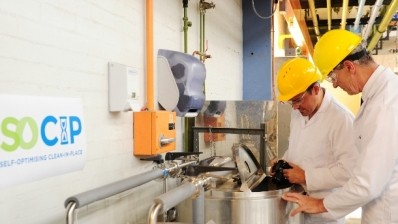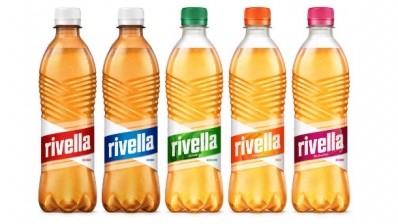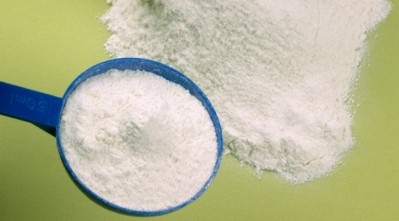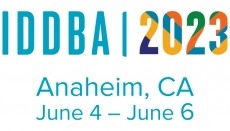Water recovered from whey can be used for clean-in-place procedures
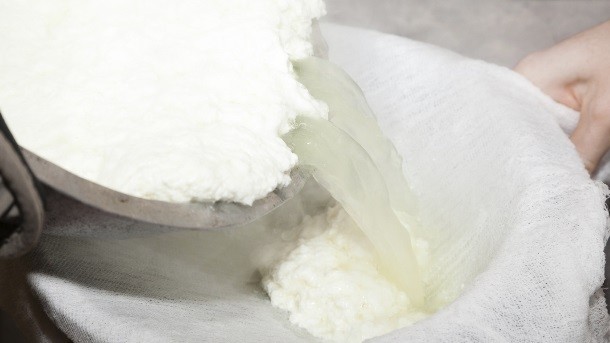
Water scarcity is a concern in the dairy industry, as declines in the availability of water could decrease food supply and increase food prices.
Water is necessary for many applications, including equipment cleaning, which can use from one to 60 liters of water per kilogram of processed milk.
Given the amount of water needed and concerns regarding resource scarcity, researchers from the University of Nebraska–Lincoln in the US sought to find a method to recycle and reuse water from whey for clean-in-place (CIP) systems.
They state that their findings provide scientific evidence of the safety of reuse of reconditioned water in food processing plants, contributing to building a culture of water conservation and sustainable production throughout the food supply chain.
Reuse a good alternative
Current regulations indicate only potable water may be used to clean food contact surfaces and equipment surfaces, but reconditioning and reuse of water is a promising alternative.
In their study, University of Nebraska researchers Yulie Meneses and Rolando Flores tested wastewater from whey of Cheddar cheese by subjecting it to reverse osmosis and ultrafiltration, as well as an additional step of spray drying.
Water recovered from whey
The resulting reconditioned water was used to clean stainless steel surfaces that had a biofilm, with promising results reported from both bacterial counts and scanning electron microscopy analysis.
“Using the combined ultrafiltration and reverse osmosis system, 47% of water can be recovered from whey,” lead author Yulie Meneses said.
Project leader Rolando Flores added that, “This demonstrates the viability of our method for wastewater, as the cleaning efficiency was comparable to potable water in clean-in-place systems.”
Additional recovery possible
Further, by incorporating spray-drying and condensation into the process, the authors say that recovery of additional water can be achieved. After suitable treatment, that water could also be used in cleaning applications or other activities with high water demand.
“Sustainable production and manufacturing is a priority for the dairy industry. This new research demonstrates that an unwanted by-product of dairy manufacturing can be processed to generate clean water, saleable food, and additional revenue for dairy manufacturers,” said Journal of Dairy Science editor-in-chief Matt Lucy.
